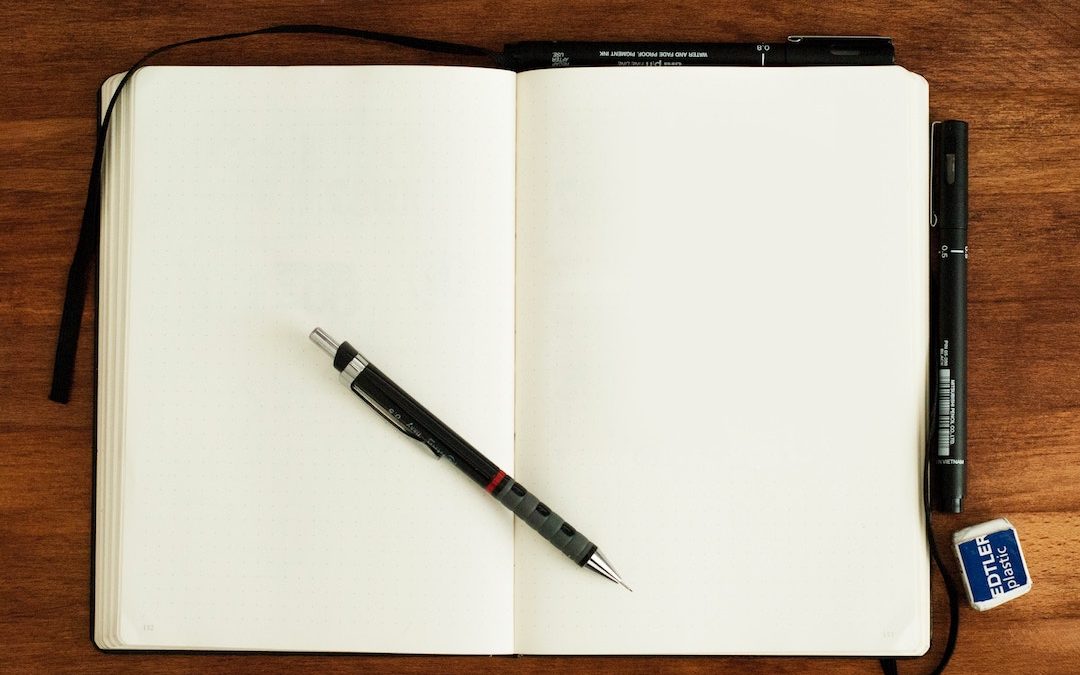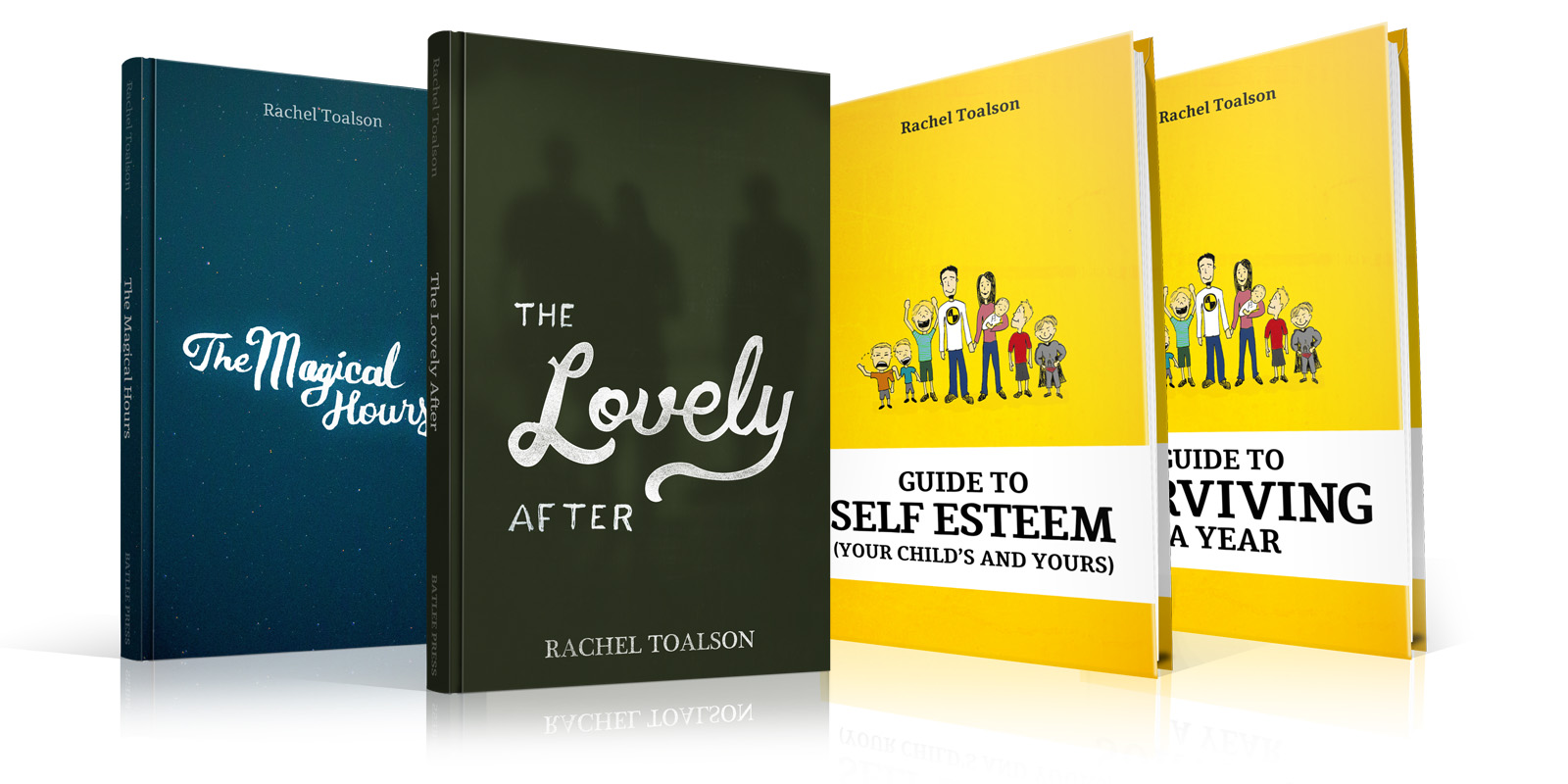
by Rachel Toalson | My Books
I love everything about Textbook of an Ordinary Life. I love the cover (I really love the cover), I love the depths and heights that the poems examine, I love the structure, I love the way it all reminds me that an ordinary life is something really extraordinary. You’ll hear this over and over in my poetry collections—the celebrations of life and love, the sacred space of a moment, the ridiculous privilege of being alive.
As always, I hope that readers will see in my poetry a small piece of themselves and their own experience. I hope they will examine and embrace the heights and depths of love and life—so that joy and excitement and fulfillment can surge into their hearts with a permanent, life-changing intensity.
I hope they will read and reread and reread again the poems that show them life in the darkest places, speak hope to despair, and challenge them to live their ordinary life to its absolute fullest.
(Photo by Alexa Mazzarello on Unsplash)

by Rachel Toalson | My Books
During the revising of the poems within this book, one of my favorite picture book authors, Amy Krouse Rosenthal, died. For some reason, I had no idea that she had written a couple of adult books. Her most recent book was a collection long and short essays that were laid out like a textbook. I read another book of hers that was laid out like an encyclopedia. I thought, I love these forms! And I could see something similar working for the poems I’d written that year.
Inspiration comes from everywhere.
So I began laying out the poems I’d chosen for this book by subject. It began to resemble a comprehensive textbook—the book of life. I grouped poems into divisions like Math and Science and English and History and Philosophy. The shape of Textbook of an Ordinary Life was born.
During the year I challenged myself to daily poetry, I experienced what most people experience in the course of a year: disappointments, joys, revelations, setbacks, hope. I brooded on my past, examined my present, and thought about my future. I grew.
I was inspired by what I read, by the time I spent with my family, by interactions with strangers, by walks in nature, by my daily lived experience.
This book really spans the universal experience of a life.
(Photo by Kyle Glenn on Unsplash)

by Rachel Toalson | My Books
A couple of years ago, I challenged myself to write a poem every single day.
I have always loved poetry as a form and as a mechanism for communicating deep truths and examining difficult subjects. Poetry is a standard in my day and life—both the reading of it and the writing.
That particular year, I was afraid that I would run out of material to write those daily poems. I know, now, that when one is paying attention to one’s world, there is never a shortage of material from which to choose.
I had this calendar from Half Price Books (I’m one of those old-fashioned people who doesn’t like using technology for things like schedules. I like to have calendars and actual to-do list I take out and hold and write on.) Printed on the daily squares of this calendar was the name of a famous writer, artist, photographer, musician, or dancer—someone involved in the arts. I decided this would make the perfect process—use the person who was born on that day, look up a quote from him or her, and then write a poem that was my response to that quote.
This worked marvelously. It was such a random collection of subjects and themes that each person had spoken about, and this allowed my poems during that year to touch every part of the human experience.
Each poem was written in a composition book (I always write poetry by hand) and then transcribed onto my computer. This book contains only a fraction of the poems I wrote that year. Some others are waiting to be collected into another book (or two), and others were made to be tossed out, a good practice exercise.
No poem is wasted, even if they are tossed out.
Several of these poems are gathered into Textbook of an Ordinary Life, which releases Nov. 6.
(Photo by Mike Tinnion on Unsplash)

by Rachel Toalson | My Books
“Did you write on your books when you were in school?”
Yes. Of course.
The cover for Textbook of an Ordinary Life began with a question and an animated discussions about the sorts of things my husband and I would write on the paper covers of our textbooks in middle school and high school—I recorded fleeting crushes and drew ornate flowers and penned the names of friends in bubble letters, along with the occasional lines of melodramatic poetry; he wrote lyrics to songs he would finish later, punctuated by phrases in hand lettered sophistication and pictures of things in his classroom—an effort to keep himself awake during a particularly dull time.
Textbook of an Ordinary Life is a poetry book laid out by subject—English, Science, History, Math, and several more—and its cover looks very much like one of the brown papers I used to cover my textbooks in high school (I rebelled against the plain white ones teachers handed out and used brown shopping bags instead). My husband took a brown Trader Joe’s bag, flipped it inside out, and then doodled by hand (you’ll see a heart drawn around the initials BT—Ben Toalson—and RP—Rachel Patton, though we didn’t meet until college) a much better version of what my book covers looked like in school.
This collection of poetry is intended to illuminate the growing and changing nature of our lives, at every stage. Which makes this cover—a decorated and doodled-on book cover—perfect.
More info about the book
Textbook of an Ordinary Life, publishes Nov. 6, in paperback and ebook form.
Blurb
Textbook of an Ordinary Life is a collection of poetry and prose that examines ordinary life with extraordinary curiosity, wisdom, and insight. With grace and eloquence, poet Rachel Toalson examines the pleasures of reading, the meaning of measured silences, weather, the masks we wear, the unexpected delight of running, art criticism, the soul of music, wandering, regret, love, and many other wonders of ordinary life.
The poetry in Textbook is divided into subjects like English, History, Science, Math, Social Studies, Art, Music, Geography, and Philosophy.
About the author
Rachel is the author of three poetry books, This is How You Know, Life: a definition of terms, and The Book of Uncommon Hours; and a middle grade novel-in-verse, The Colors of the Rain. She has been writing poetry since the time she could hold a pencil and form what passed for letters on the page. Her first introduction to poetry was the brilliance of Shel Silverstein, whom she still reads today. She recently exposed her sons to the hilarious Jack Prelutsky poem, “Homework! Oh Homework!” which was one of her favorites as a kid. They loved it (as she still does).
Her poems for children and adults can be read in literary magazines and online publications around the world.
Rachel lives with her husband and six sons in San Antonio, Texas. She daily reads poetry (as well as many, many books) to her children, because poetry, she says, contains the essence of life, and reading, she says, is the gateway to a future of promise.
First chapter
Tracks
I walked along the
railroad tracks today
where my brother and sister and I
used to spend
our afternoons as kids.
I sat on the rails,
felt their cold gnaw
through my jeans,
watched the rain,
listened to my children wonder,
from the car, at the
newness of an experience:
this abandoned train track
that held pieces of
their mother’s childhood.
And it all sounded
like poetry to me.





